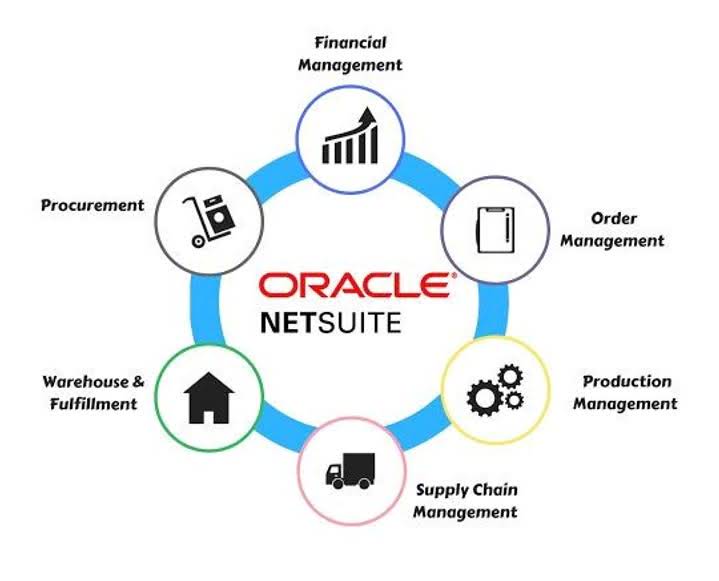
To record this transaction, you’d first debit “accounts receivable—Keith’s Furniture Inc.” by $500 again to get the receivable back on your books, and then credit revenue by $500. Offering them a discount for paying their invoices early—2% off if you pay within 15 days, for example—can get you paid faster and decrease your customer’s costs. If you don’t already charge a late fee for past due payments, it may be time to consider adding one. When Keith gets your invoice, he’ll record it as an accounts payable in his general ledger, because it’s money he has to pay someone else. A company that sells products on credit, meaning before it gets paid, sets terms for its A/R.
Accounting Services
He is a CFA charterholder as well as holding FINRA Series 7, 55 & 63 licenses. He currently researches and teaches economic sociology and the social studies of finance at the Hebrew University in Jerusalem. Get instant access to video lessons taught by law firm chart of accounts experienced investment bankers. Learn financial statement modeling, DCF, M&A, LBO, Comps and Excel shortcuts. The assumptions are extended (i.e. “straight-lined”) across the entire forecast, until a revenue balance of $350 million is reached by the end of Year 5. Therefore, the supplier sent the customer, i.e. the manufacturer, an invoice for the amount owed, which we’ll assume to be $50k.
Receivables as an Asset

The terms include the number of days clients have to pay their bills before they will be charged a late fee. When a buyer doesn’t adhere to the payment terms, the seller can approach its customer and offer new terms or some other remedy to collect on the bill. The days sales contribution margin outstanding (DSO) measures the number of days on average it takes for a company to collect cash from customers that paid on credit.
Why Is It Important to Distinguish Accounts Receivable from Revenue?
These activities are at the core of getting healthy accounts, building positive client and vendor relations, and, ultimately, driving business growth. Using software tools like Xenett can streamline these steps, allowing companies to concentrate on strategic decision-making to establish a financially healthy business. The accounting method under which revenues are recognized on the income statement when they are earned (rather than when the cash is received). A factor buys the accounts receivables at a discount and then goes about the business of collecting and keeping the money owed through the receivables. Sometimes the factor will purchase the accounts receivables with recourse.
Get free guides, articles, tools and calculators to help you navigate the financial side of your business with ease. In our illustrative example, we’ll assume we have a company with $250 million in revenue in Year 0.

While nonprofits call the difference between their assets and liabilities “net assets,” for-profits refer to this term as “equity,” which represents the ownership interest or stake shareholders have in the company. First up on your journey to becoming a nonprofit balance sheet expert is exploring exactly what this financial statement entails. Nonprofit financial statements are reports that provide an overview of a nonprofit organization’s financial health. They are prepared based on Generally Accepted Accounting Principles (GAAP) and help organizations make resource allocation and other strategic decisions. They also play a crucial role in ensuring nonprofits remain accountable to stakeholders. Reversing entries cancel out the original entry, while adjusting entries update the accounts receivable balance.
- In principle, the seller should record the sales transaction when the ownership of the goods is transferred to the buyer.
- This means that goods in transit should be reported as inventory by the seller, since technically the sale does not occur until the goods reach the destination.
- These cases are not rare and usually, involve bad debts or allowance for doubtful debts.
- While nonprofit assets are typically tangible items, some organizations may also own intangible assets like patents or copyrights.
- When a specific account is identified as uncollectible, the Allowance for Doubtful Accounts should be debited and Accounts Receivable should be credited.

In this subsequent accounting, accounts receivable does not impact the income statement. However, if the customer fails to repay, the balance may classify as irrecoverable. Therefore, companies must write it off to present an accurate current assets balance. For example, when recording a sale on account, the accounts receivable account is debited, and the sales revenue account is credited. This is because the accounts receivable account is an asset account, and assets are increased by debits. When the allowance account is used, the company is anticipating that some accounts will be uncollectible in advance of knowing the specific account.
The effect of accounts receivable on net income depends on the accounting convention that you use, which affects when you officially record a transaction as income statement accounts a sale. Investopedia requires writers to use primary sources to support their work.Walmart then receives the books, and the seller is owed the money but hasn’t yet been paid. For example, you can immediately see that Keith’s Furniture Inc. is having problems paying its bills on time.
Are accounts receivable journal entries a debit entry?
They increase your net profit by contributing to your reported sales revenue. However, when you are billed for purchases of materials that you use to fill the order, these amounts also count as expenses right away and offset the amount of your net profit. Before deciding whether or not to hire a collector, contact the customer and give them one last chance to make their payment. Collection agencies often take a huge cut of the collectable amount—sometimes as much as 50 percent—and are usually only worth hiring to recover large unpaid bills.